Thanks Hubble

Eagle Nebula, Hubble Space Telescope, NASA.gov

April 24, 1990-Present
We offer infinite astronomical units of gratitude to our faithful photographer that has captured and bestowed to us breathtaking images of our universe.
Galaxies, nebulae, planets, comet crashes, and multitudes of extraordinary phenomena within our universe have been adroitly captured by the Hubble Space Telescope for 25 years. Without its indelible images we may never have imagined such bewitching wonders in the universe that we inhabit. Galactic happenings or star clusters often resemble paint splatter artwork or fluorescent neuronal cells- they are distinct, irreproducible, and full of color and life. Hubble, your photography is the epitome of artistry.

Eagle Nebula, Hubble Space Telescope, NASA.gov
The Eagle Nebula (M16), captured in 1995, exemplifies the interconnection of life and death.

Jupiter-Shoemaker-Levy 9 Impact Site, Hubble Space Telescope, NASA.gov

Jupiter's Aurora, Hubble Space Telescope, NASA.gov
Jupiter’s unmerciful belting by Shoemaker-Levy 9 in the summer of 1994 confirms the vulnerability of giants with an army of over 50 moons. Regardless of this scar-inducing attack, Jupiter’s aurora keeps it haloed like Earth.

Andromeda Galaxy, Hubble Space Telescope, NASA.gov
Hubble, you are actually a bit of a Peeping Tom while shooting images of our galactic neighbor Andromeda.

Westerlund 2, Hubble Space Telescope, NASA.gov
Westerlund 2, a young 2 million years-old star cluster located a mere 120 trillion miles away, allows us to witness a birthing party in the sky. Or as NASA deems it, “celestial fireworks”.

Homunculus, Hubble Space Telescope, NASA.gov
The Homunculus Nebula superbly defines egotism of stars- two stars in the sky or on earth will erupt when vying for the same spot. Eta Carinae did it in 1840. You can look up who’s done it in Hollywood.

Oyster Nebula, Hubble Space Telescope, NASA.gov
Is it a Diamond in the ruff? Nope, it’s an oyster in the sky. NGC 1501 (Bubbly or Oyster Nebula) is a planetary nebula with a pulsating pearl. I mean star.

El Gordo Galaxy, Hubble Space Telescope, NASA.gov
El Gordo galaxy cluster is a giant to say the least. The mass of our sun is 4,385,214,857,119,400,000,000,000,000,000 lbs and the earth is 1,320,000,000,000,000,000,000,000,000 lbs. El Gordo comes in at 3 billion times that of our sun. Is it time to shed a few stars El Gordo?

Tarantula Nebula, Hubble Space Telescope, NASA.gov
The LMC’s (Large Magellanic Cloud) Tarantula Nebula overwhelms with star birth and evolution. Are stars born in assemblies as well as alone? This is like trying to figure out if a celebrity originated as part of a clique or as a loner.

As elephants and humans share spaces in Karnataka, NYers need to share this exhibition space with an elephantine crowd of visitors and other locals.
Architecture melds into life by allowing habitability. It is not always harmonious on a personal or global front. We can hide in our rooms, relocate to another neighborhood, or remodel. But, the concrete also crumbles to non-renewable sand.
Today some of these artists are hailed as pioneers and the art has crossed over to high fashion. Here are the ways graffiti has inadvertently projected itself onto science.
Pitta, Vata and Kapha stay in to watch movies that serve their doshic needs and escape the unbearable heat.
Frank Stella said “I don’t like to say I have given my life to art. I prefer to say art has given me may life.”
Any message must be moving enough to penetrate the viewer. Resonating with them to make a lasting impact that either causes them to take action or think before they do. Or both. Involving the audience in artworks increases the likelihood of impact. Science does not effectively do that.


$TEMMING™
Find out what's going on in Science, Technology, Engineering and Mathematics.












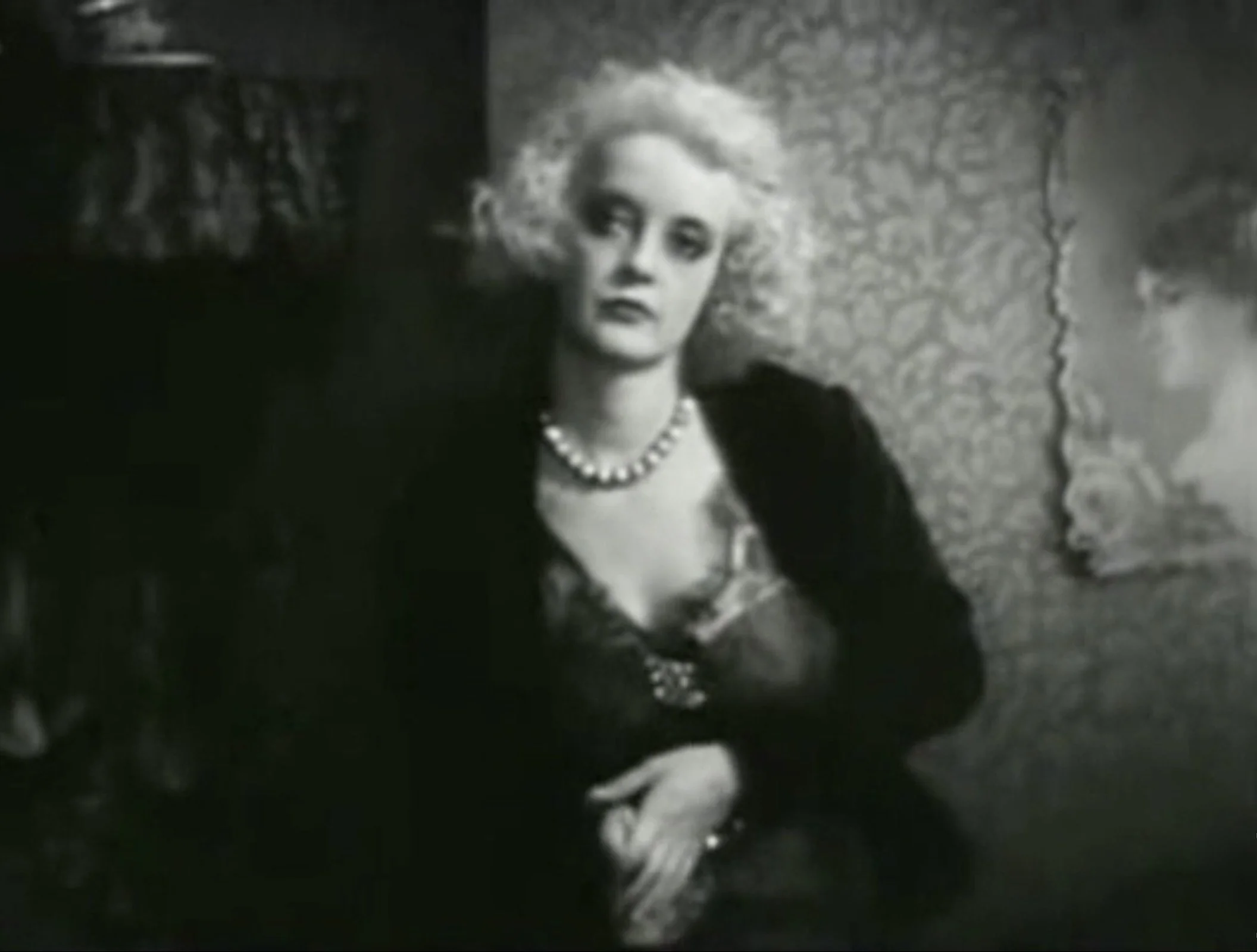
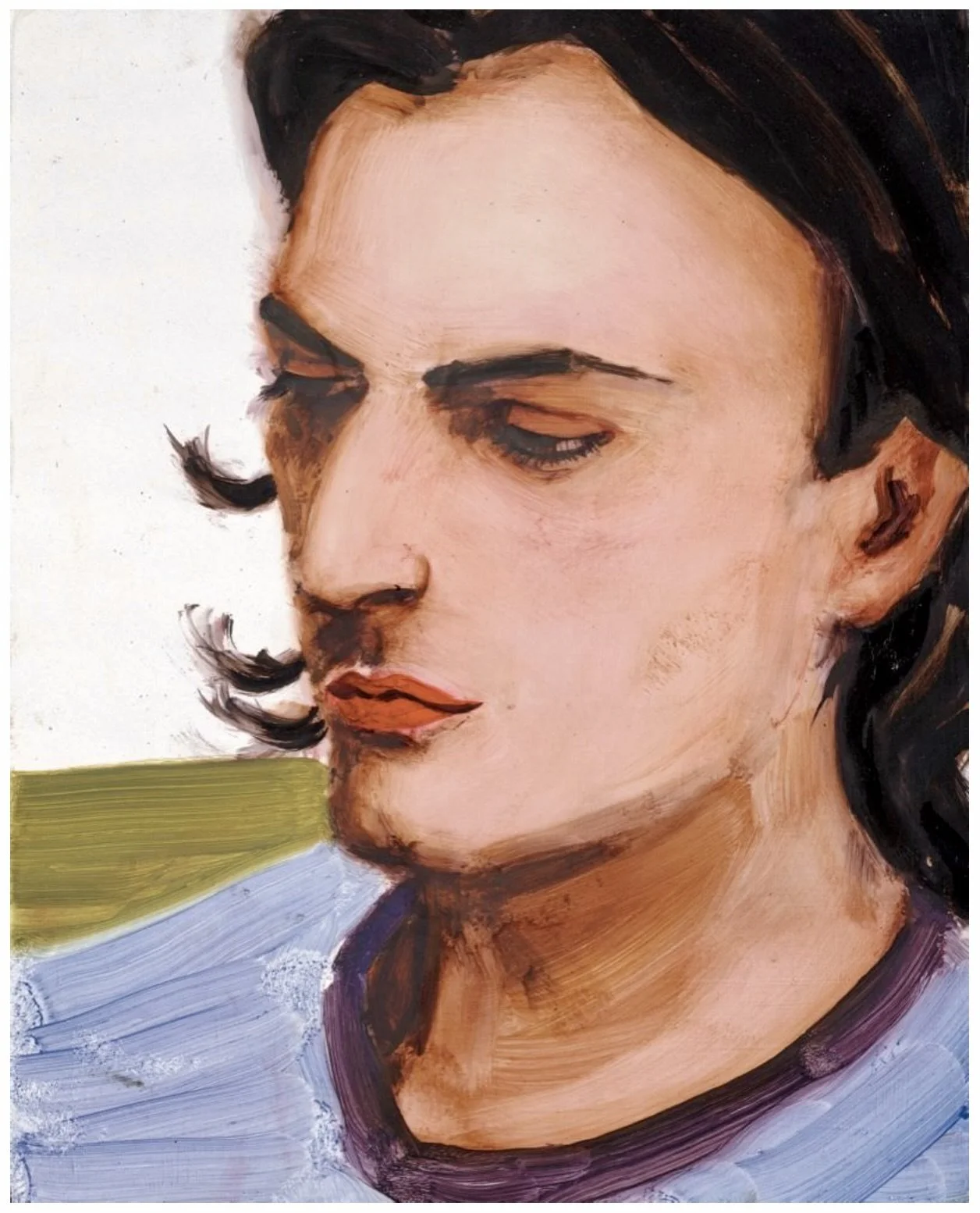






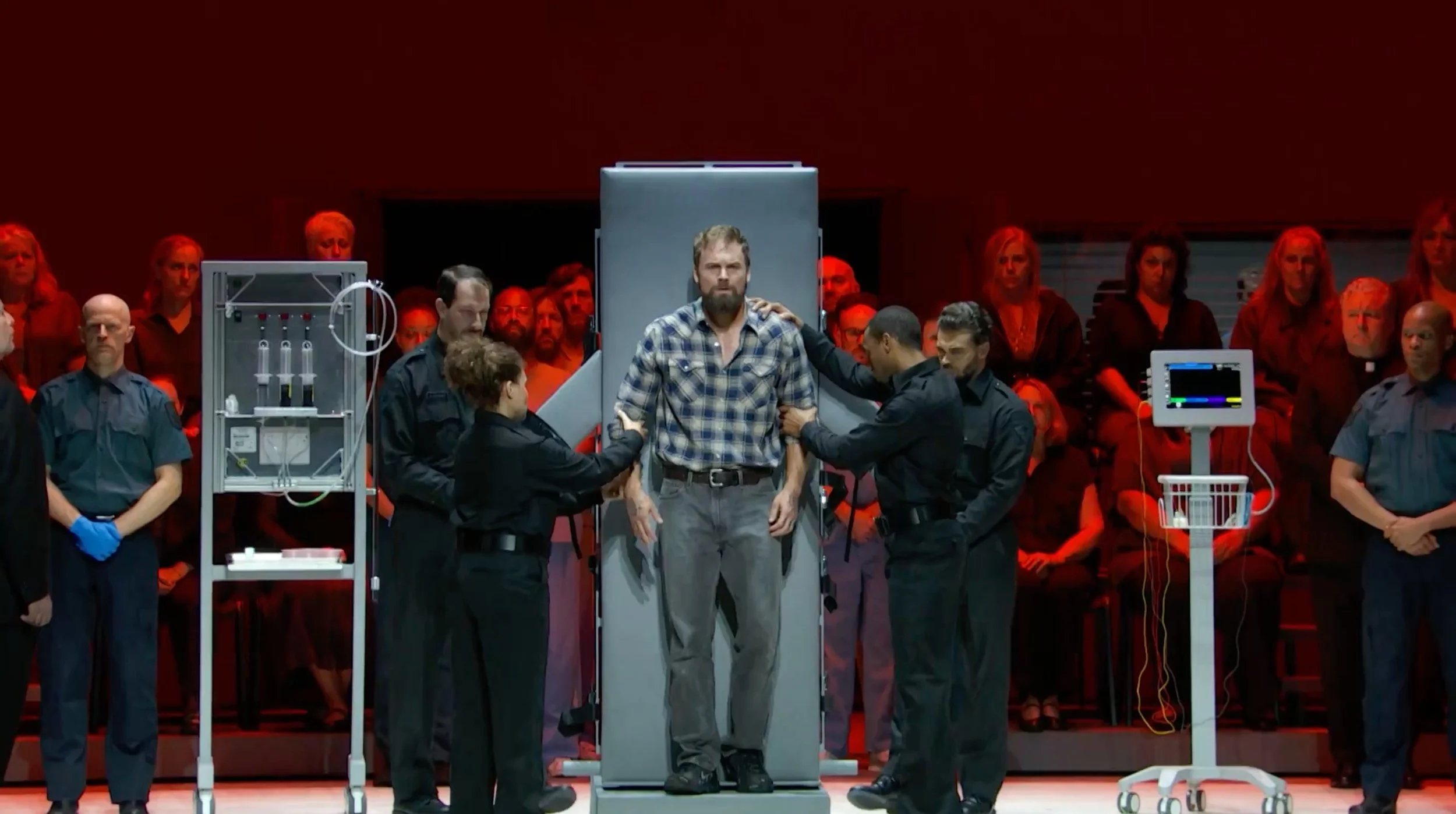



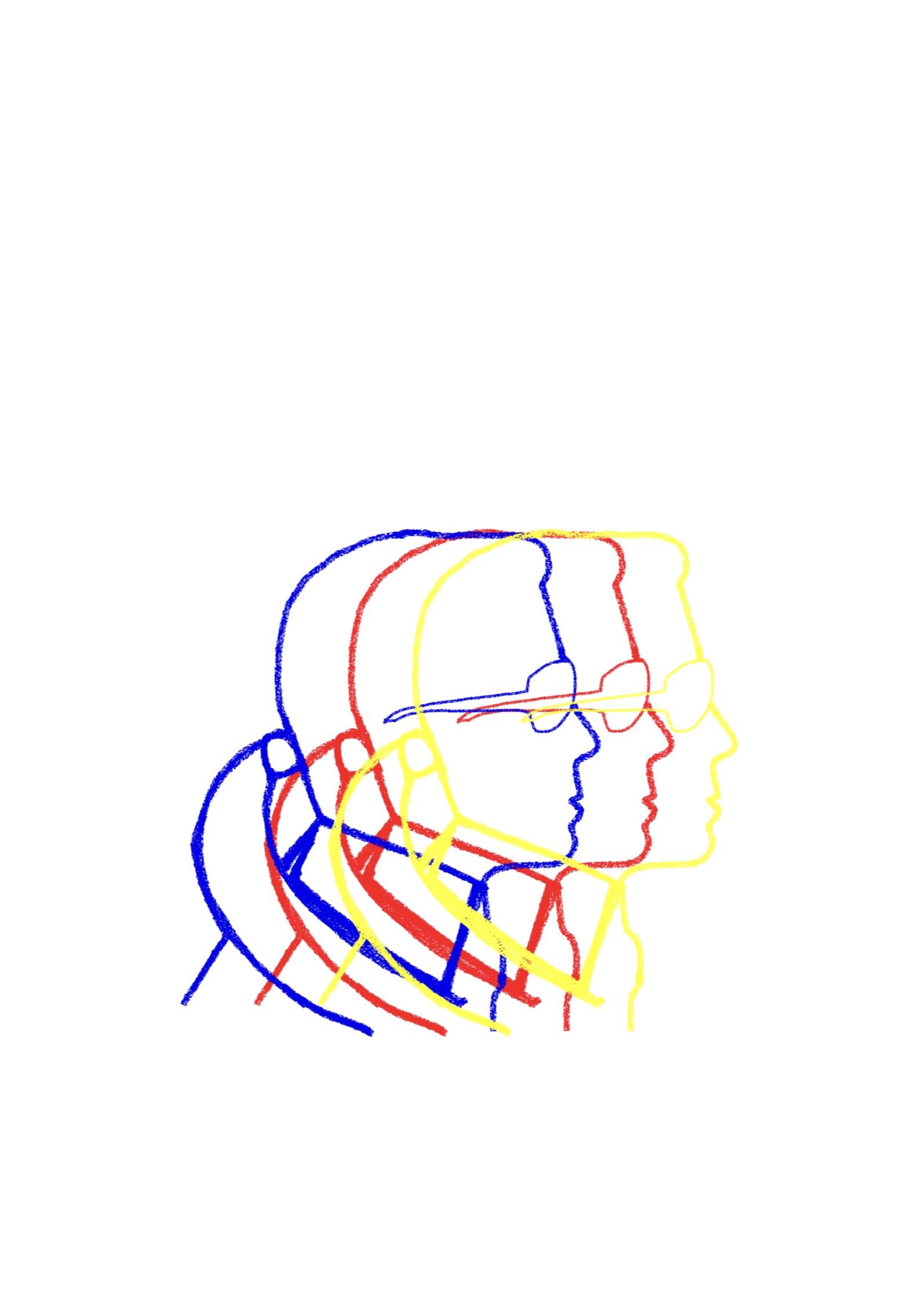

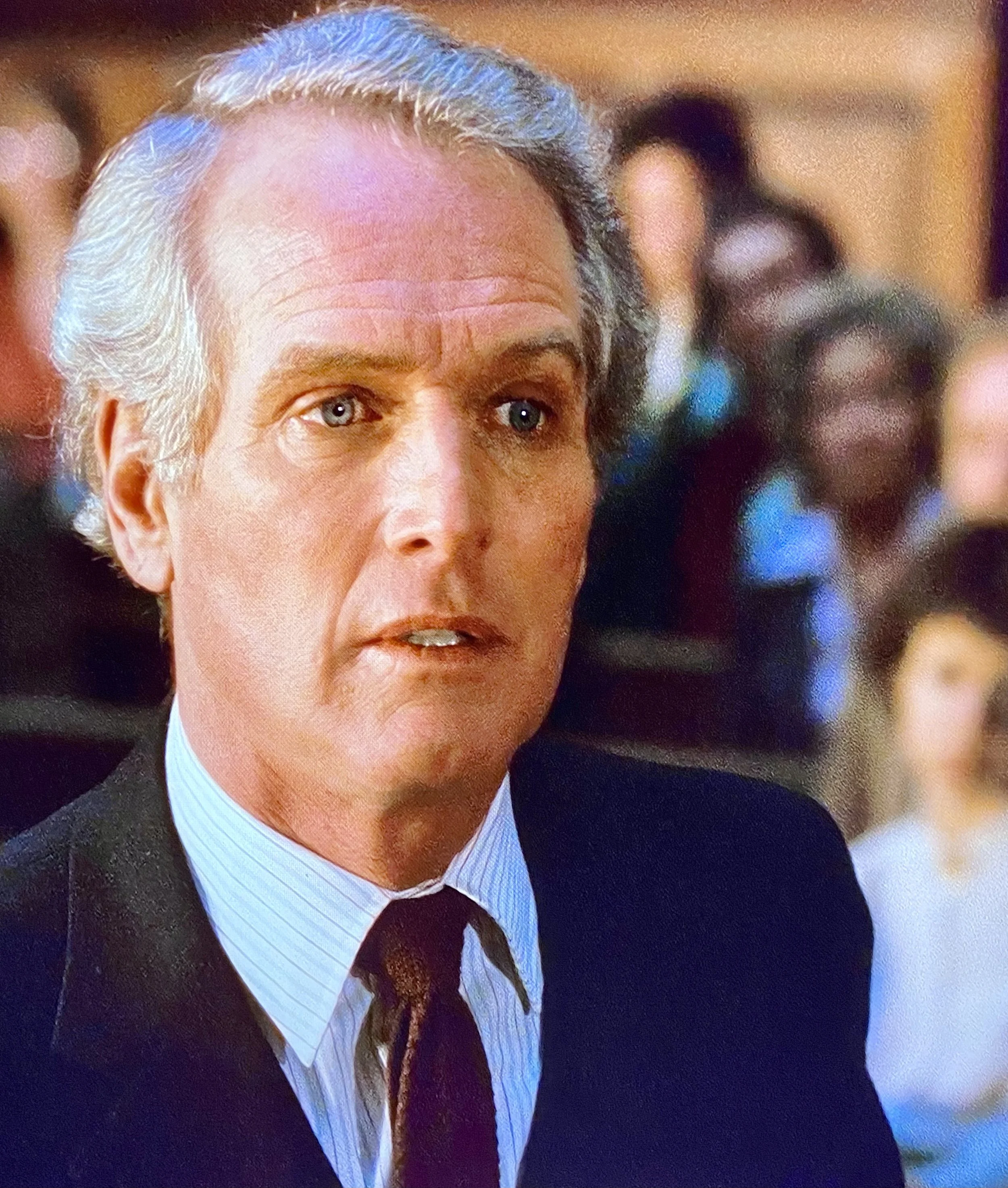














Is it a bar, is it an art piece? Now it is both. After a long-awaited liquor license, Hauer & Wirth’s Roth Bar opened a NYC location for Spring 2025. The opening reception for the wizard of transformation and transitoriness, Dieter Roth, was held at their 18th street gallery on February 25, 2025. Alongside Islandscapes, this was an early look at the bar as an extension of the bar as an installation. How peculiar to drink and eat at a bar created by someone who made art with decaying food.